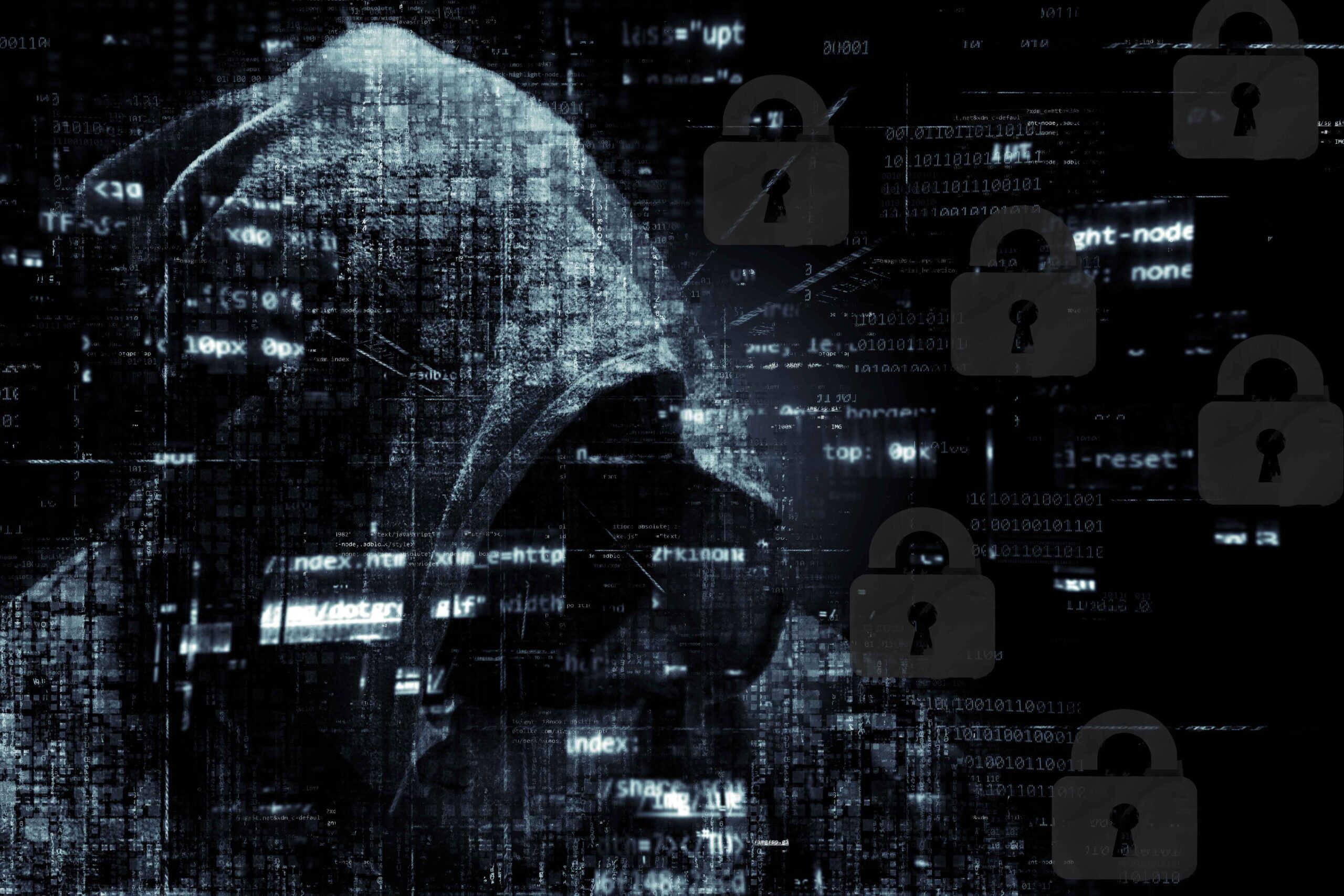Since the tightening of COVID curbs, working from home has been the default arrangement and more and more businesses and organizations have adopted work from home policies.
Remote working has since become a new trend in the workplace, and accompanied by its unique cybersecurity challenges.
What are the types of threats faced?
Remote working is one of the fastest-growing types of work around the world. It gives employees the flexibility to work from any location, including home. But there are some risks associated with remote working. For example, employees may be more exposed to cybercrime and other threats if their connection isn’t secure, or they don’t take care while using unsecured networks.
Depending on the industry, company size and type of work, there may be other security concerns that need to be considered when allowing employees to work from home:
- Unauthorized access: Employees could access sensitive information if their computer is infected with malware.
- Data leaks: Information could be accidentally shared via email or instant messenger if a user has malware installed on their device
- Malicious insiders: Individuals who have been granted access to company
- Ransomware: Ever-evolving form of malware designed to encrypt files on a device, rendering any files and the systems that rely on them unusable. Malicious actors then demand ransom in exchange for decryption.
How can we face up to the problem?
To keep your workplace secure, you need to establish a zero-trust stance. That means that you should always be suspicious of emails and websites that request access to your sensitive data. You should also use multi-factor authentication when logging into crucial accounts.
Remote working is a great way to reduce costs and increase productivity, but it can also be quite risky.
When you work remotely, you are constantly at risk of cyberattacks and data breaches. If you want to protect yourself from hackers and malicious actors, we recommend using a VPN service. A VPN encrypts all your traffic so that people with ill intents are unable to spy on the data transmitted.
Usage of a strong password is also essential for keeping your computer and data safe. We recommend that you use a strong password with at least 12 characters and don’t use the same password for more than one account
To make sure that nobody can access your device without your approval, we recommend using multifactor authentication (MFA). MFA requires more than one form of verification such as the combination of a password/pin and a secondary mode of authentication such as biometrics or OTPs.
Conducting regular cybersecurity awareness campaigns or programs for your employees can also help them identify threats such as phishing and social engineering attacks, and how they should react in such scenarios.
Organizations dealing with sensitive information should also invest into a Data Loss Prevention (DLP) solution for its employees’ devices, which will provide a mechanism to help protect against sensitive data leaks.
Keeping the anti-virus signature updates as well as performing regular OS patches and updates can also help to prevent malware and exploits from compromising the system.
What are you doing to improve your cybersecurity postures?
Get in touch with our cybersecurity consultants at Netrust Pte Ltd at https://lnkd.in/gtd4p3X or ? sales@netrust.net now to get started.


